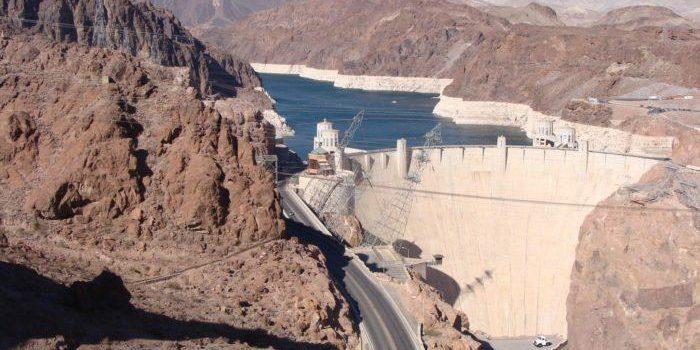“It’s a worst case scenario plan,” Watts said.
“It makes sure that we prioritize the must-haves for a home,” he continued. “Your drinking water, your basic health and safety needs.”
Concerning the residential water-use limits, Watts also noted that he expects other states in the southwest like Wyoming, Utah, Arizona, New Mexico and California to follow suit.
“It’s a sign to every other sector across the Colorado River Basin that we’re not going to wait for others,” he said.
“We take the lead and work to reduce our consumptive use of water,” he continued. “We didn’t think it would get this bad this quickly.”
Watts was backed by Christi Cabrera–Georgeson, deputy director of the Nevada Conservation League, who cited a poll indicating 94% of Southern Nevadans believe that water shortages are problematic.
“With the Colorado River and Lake Mead at historic and dangerously low levels, we need a robust and comprehensive water conservation solution,” Cabrera–Georgeson said. “It’s critical that we take action to conserve water whenever possible and we believe this bill does that.”
In Nevada, ornamental lawns are already prohibited. The size of swimming pools is also restricted.
In the Assembly, the bill was pressed by Bronson Mack, a water agency spokesman, who said that the restriction limits—which would be set at a 160,000 gallon cap—would target only the top 10% of water users in the state.
The average household, according to Mack, uses approximately 130,000 gallons annually.

